Asda has lost its claim to being the cheapest supermarket for fuel, according to new analysis of data from the Competition and Markets Authority (CMA).
Instead, the RAC says that the figures suggest the other three supermarkets that make up the ‘big four’ – Tesco, Morrisons and Sainsburys – are selling petrol for an average of 2.1p less per litre (145.25p per litre, compared to Asda at 147.38p) and diesel for 2.5p less (150.45p per litre, compared to Asda at 152.98p).
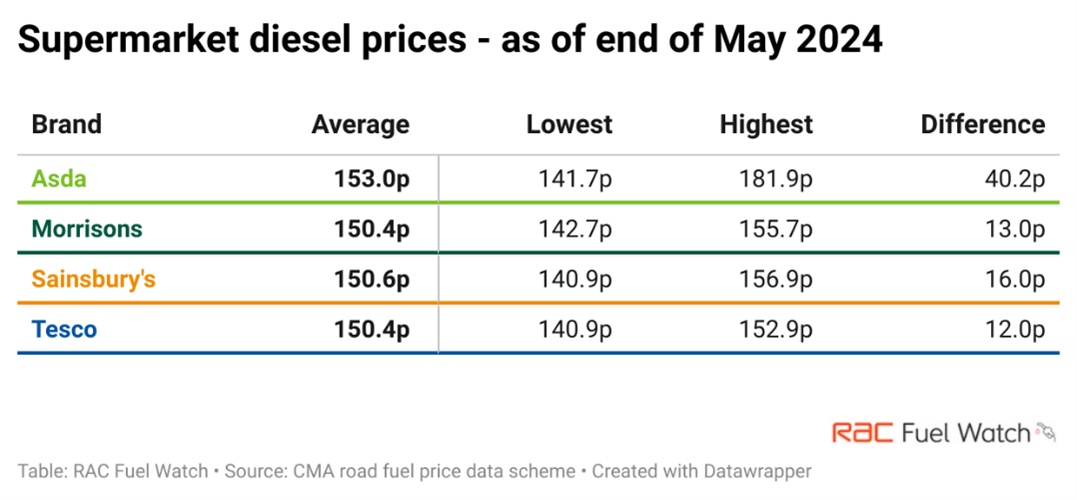
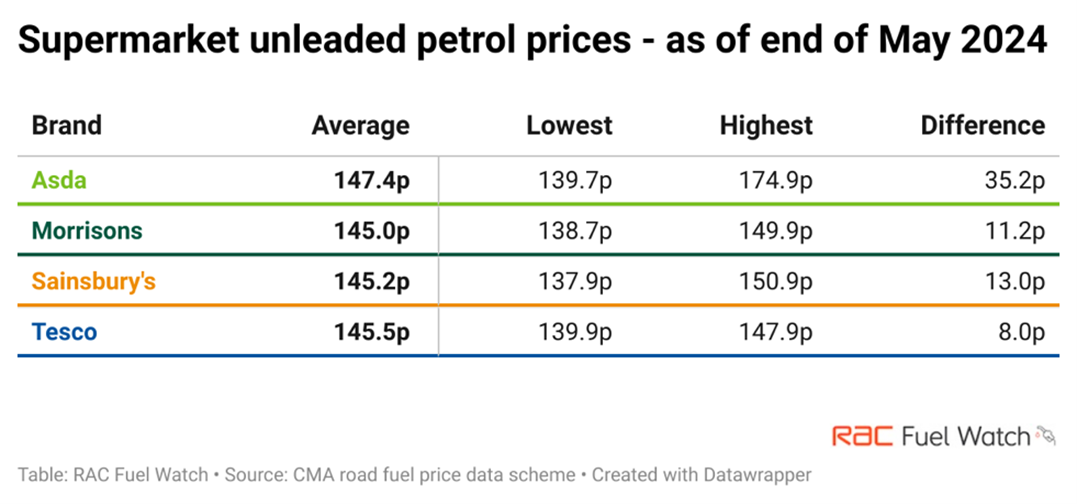
The lowest average UK fuel prices by far are to be found in Northern Ireland where a litre of petrol retails for just 141.4p (5.7p less than the rest of the UK) and diesel at 142.5p (9.9p less than the rest of the UK).
However, elsewhere in the UK there are also better deals to be had. The cheapest petrol is currently on sale at under 139p a litre at locations in Bishop Auckland in County Durham and St Leonards-on-Sea in East Sussex, and diesel at under 143p a litre in Arbroath in Scotland.
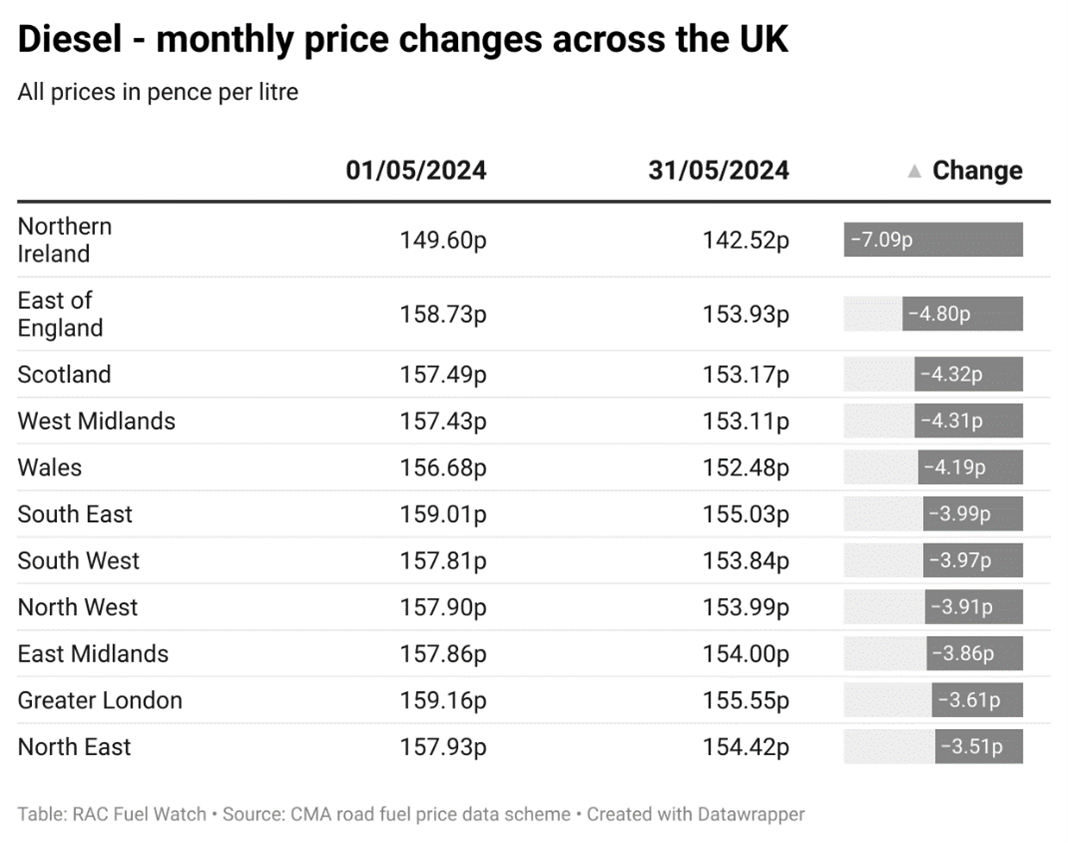
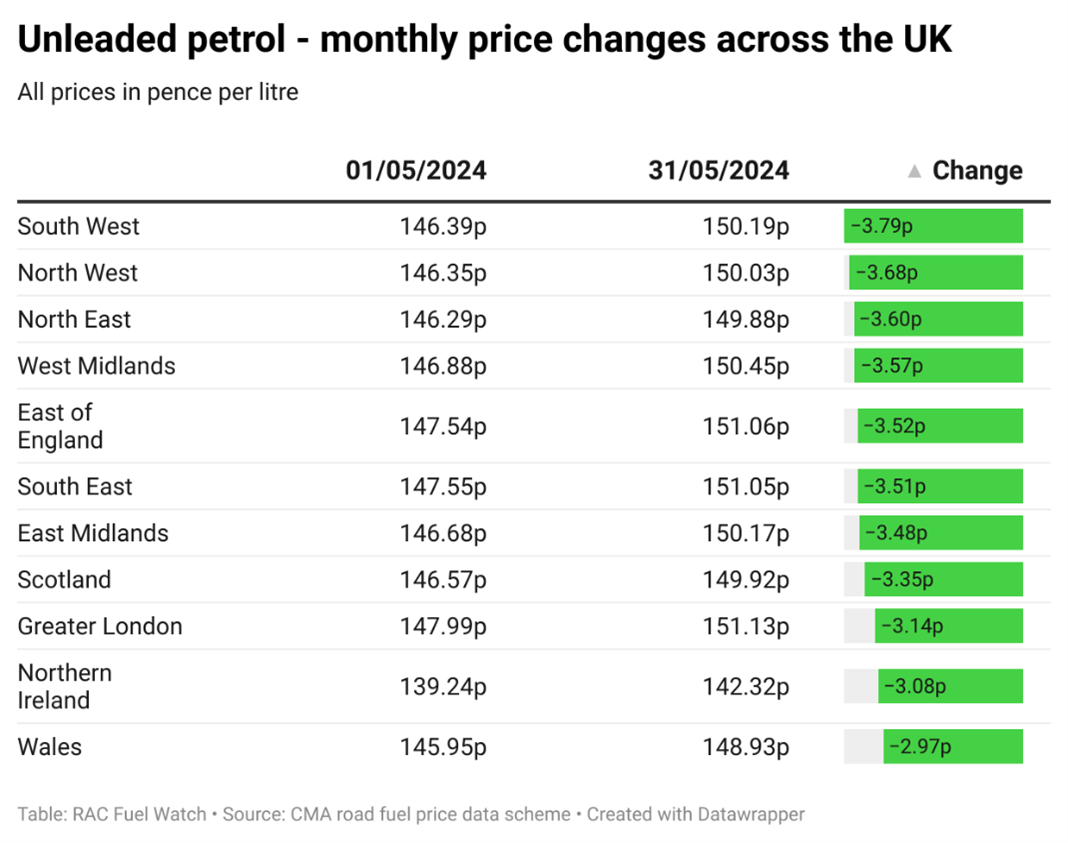
Fuel prices fell slightly in April, with the average cost of a litre of unleaded falling by by 2.4p last month, from 150.31p to 147.88p.
The reduction at supermarkets was just 1.2p (147.31p to 146.15p).
Average diesel prices fell by 4.5p, from 158.06p to 153.58p, while supermarket diesel prices did not fall as far with a at 3.4p a litre reduction, from 154.93p to 151.49p.
The RAC claims that retailers are persistently taking far higher margins than they have done historically with those on petrol currently at the 13p mark and diesel even higher at 16p, despite the long-term margin on both fuels being around 8p per litre.
RAC senior policy officer Rod Dennis said: “A month of decreasing fuel prices should be seen as a good one for drivers, but the sheer time it is taking for any meaningful price reductions to reach forecourts is if anything a continuing cause of concern.
“When it comes to much-needed pump price cuts, it’s sadly a case of too little, too leisurely, with most drivers still getting a miserable deal every time they fill up.”
Dennis claimed pump prices were only “trickling down” when they should really be falling like a stone.
“What’s more, not only have wholesale prices been coming down consistently for over a month, but the average margins taken by retailers are still so much bigger than in the past,” he added.
“The CMA now has the powers it needs to take a closer look at what’s going on across the country when it comes to fuel retailing.
“In the short term, this should mean greater visibility of pump prices for drivers – and the far fairer prices that those in Northern Ireland continue to enjoy.
“But crucially, it should also mean it can identify occasions where wholesale price drops aren’t being properly reflected at the pumps, something our analysis shows is sadly still happening.”
The law that gives the CMA the powers it needs to scrutinise road fuel prices and report any malpractice to the Government took effect on May 24.



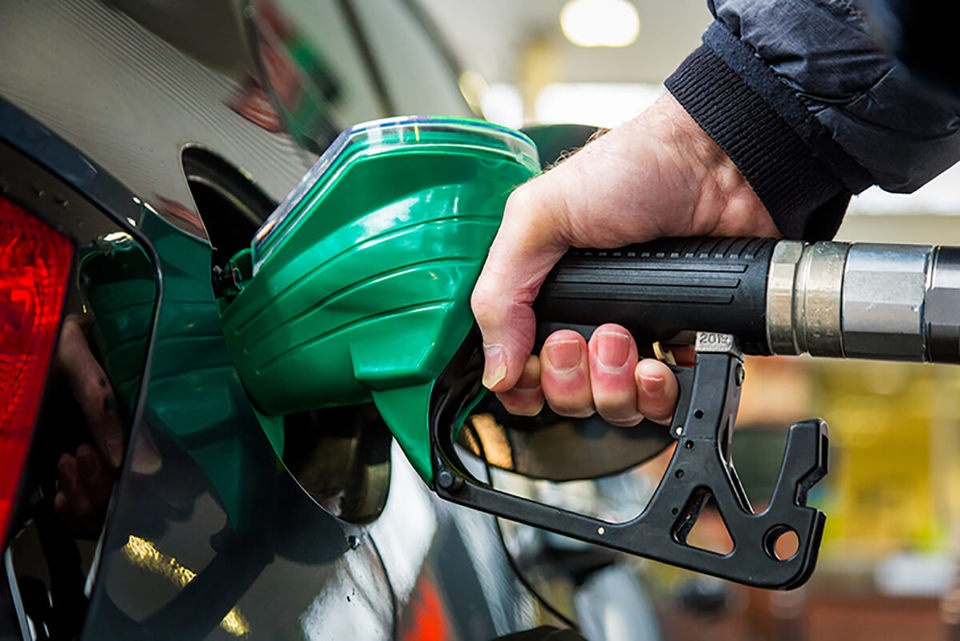

















Login to comment
Comments
No comments have been made yet.